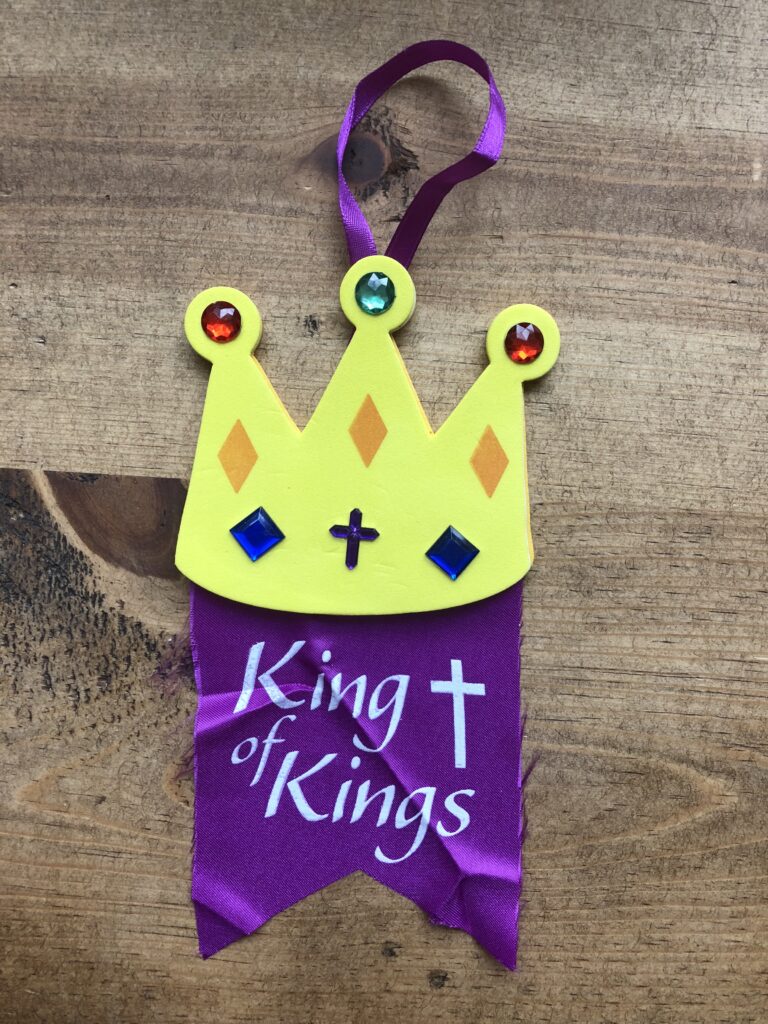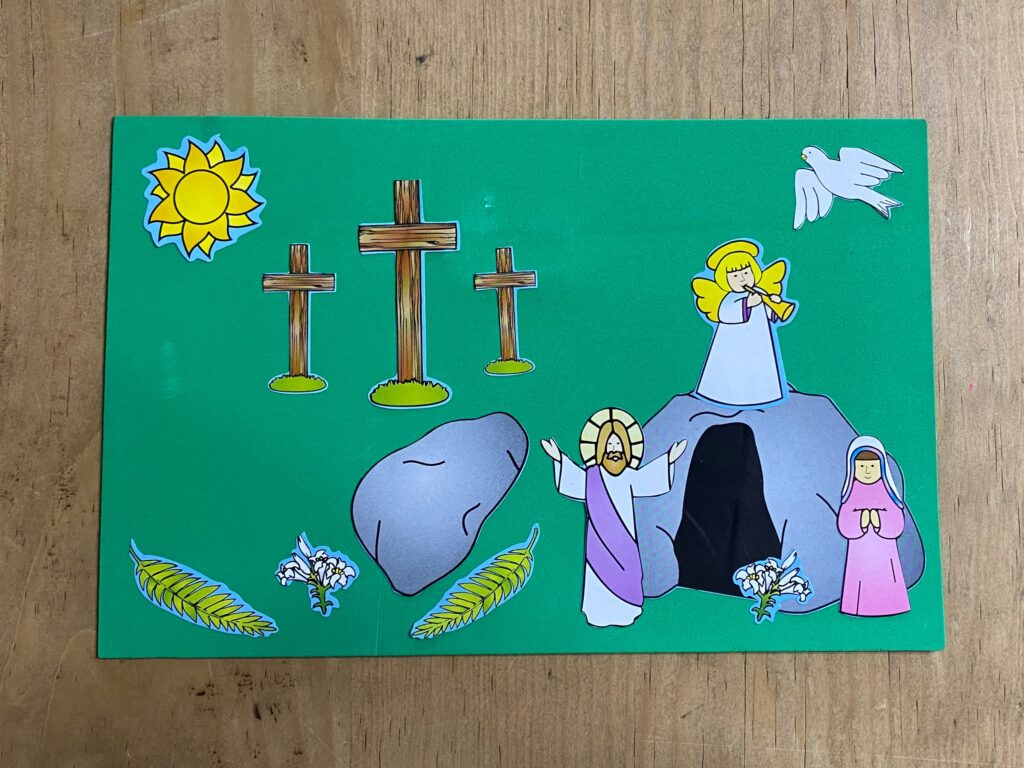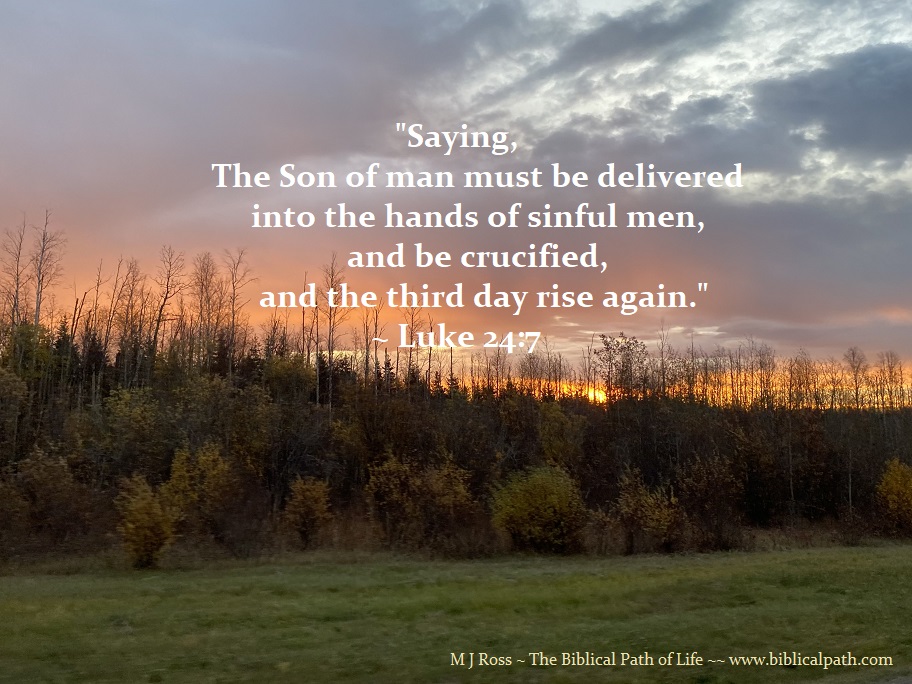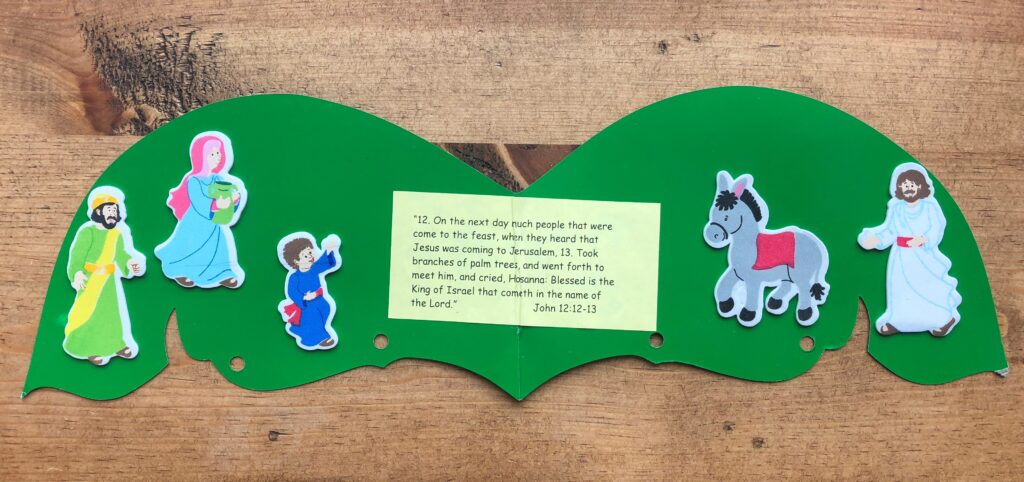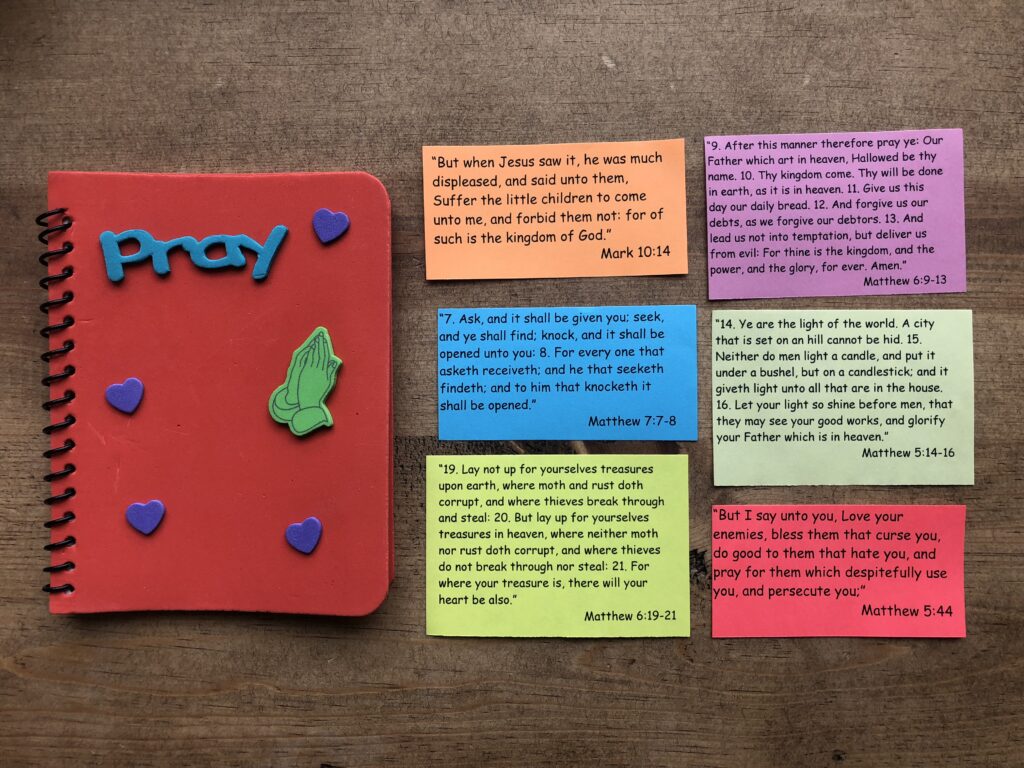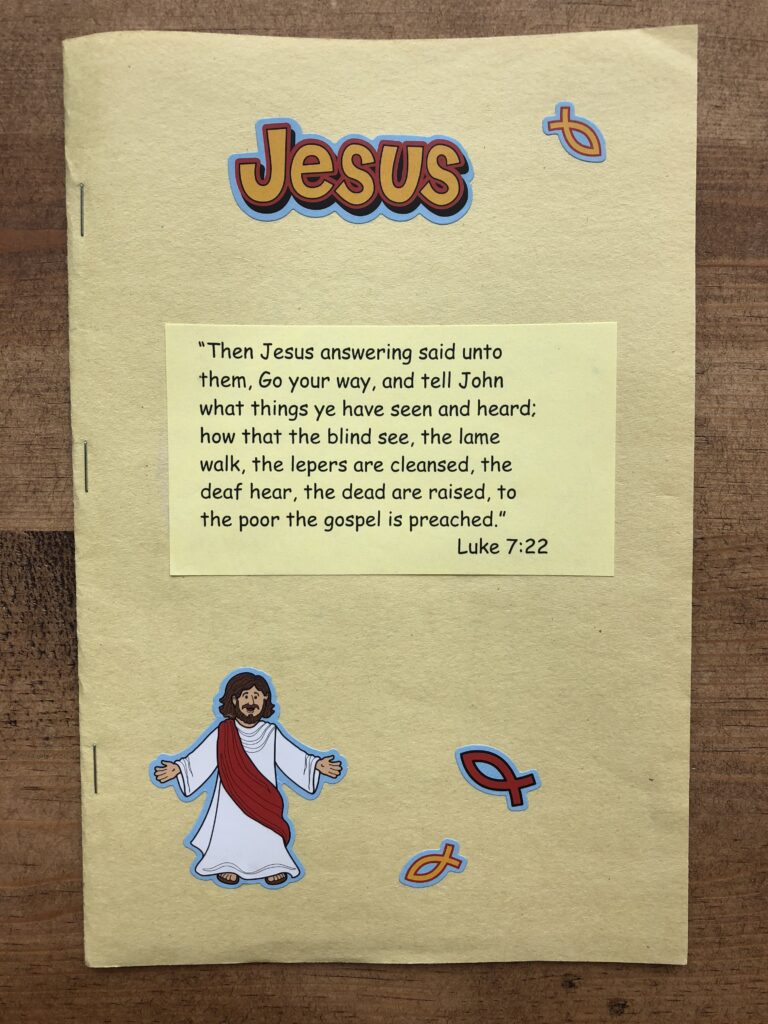
For God so loved the world, that he gave his only begotten Son, that whosoever believeth in him should not perish, but have everlasting life.
—John 3:16
Key Verse Thought: Read the Key Verse. Many people may be able to quote this verse. Although though this verse is very familiar, we are to understand it in a new light as we study this lesson. The word so means “in this way; in this manner.” This helps us to understand that God really did love the people He created in this world. He revealed that love by giving His only Son, Jesus, to die on the cross, which paid the debt owed because of sin. He did this for whosoever would believe because He did not want anyone to perish. God wants all of His creation to have eternal life with Him. However, God allows each person to choose – to believe in God’s Son, Jesus, or to choose not to believe.
Emphasis: We are to understand that Jesus was born as a man, but He was God come in the flesh – for He was God’s Son. Jesus came into the world to reveal God to man. Each of the writers of the four Gospels understood this, and they were eyewitnesses of this. Each of these men wrote to specific audiences as a witness to anyone who would believe. We, too, should find someone we can tell about Jesus and become a witness to them telling them of Jesus.
Lesson Summary: In our last lesson, we learned about two of the Gospel writers: Matthew and Mark. They wrote to specific audiences as a witness for Jesus. They each presented Jesus in a different light: Matthew presented Jesus as the King, and Mark presented Jesus as a Servant. But each of them wanted people to understand who Jesus was and why He had come.
In this lesson, we continue with the last two Gospel writers: Luke and John. They, too, wrote to specific audiences. Luke was a Greek physician, and he wrote collected evidence declaring of a certainty that Jesus was a Man. He recorded Jesus’ lineage back to the first man, Adam, and then to God. This letter was addressed to a specific friend, Theophilus, and Luke wrote of the availability of the gospel to anyone – not just to the Jews.
The book of John was written many years after the other three Gospels. John wanted people to understand just who Jesus is. He presented Jesus as God’s Son. It was written to anyone who would believe and receive Jesus as his or her personal Savior. In the book of John, Jesus declared He was “I Am”, whom the people were to recognize was God’s name in the Old Testament. John also told of seven particular witnesses who declared “Jesus is the Christ, the Son of God.”
As we complete our study of the witnesses who wrote the four Gospels, we are to recognize something. Just as they had a specific audience to whom they wanted to tell about Jesus, we are to pray and ask God who he wants us to tell about Jesus. Remember that we, too, are to be witnesses for Jesus in the world today.
Y3Q1 – Lesson 13 Questions
Y3Q1 – Lesson 13 Children’s Worksheets
If you are teaching this lesson to children, the following is a craft idea to help them remember this lesson:

We used stickers to make a poster with the verse John 3:16.
The Biblical Path of Life – Year Three, Quarter One is available at Amazon.

